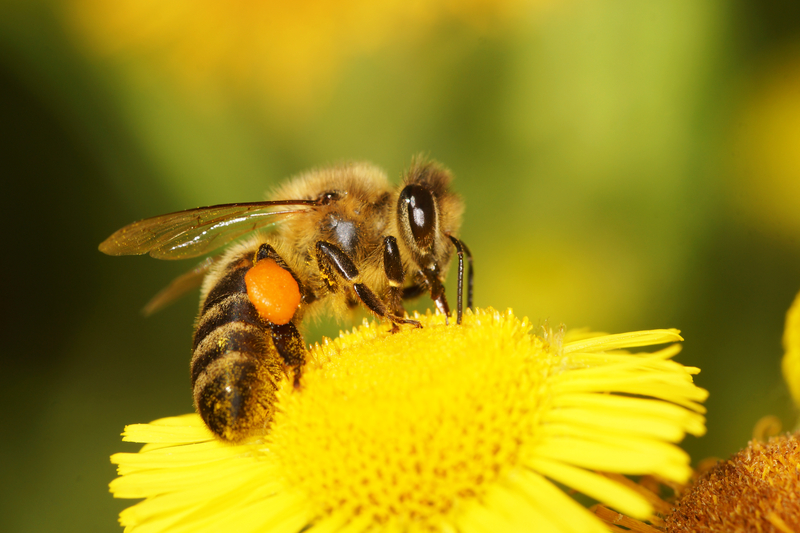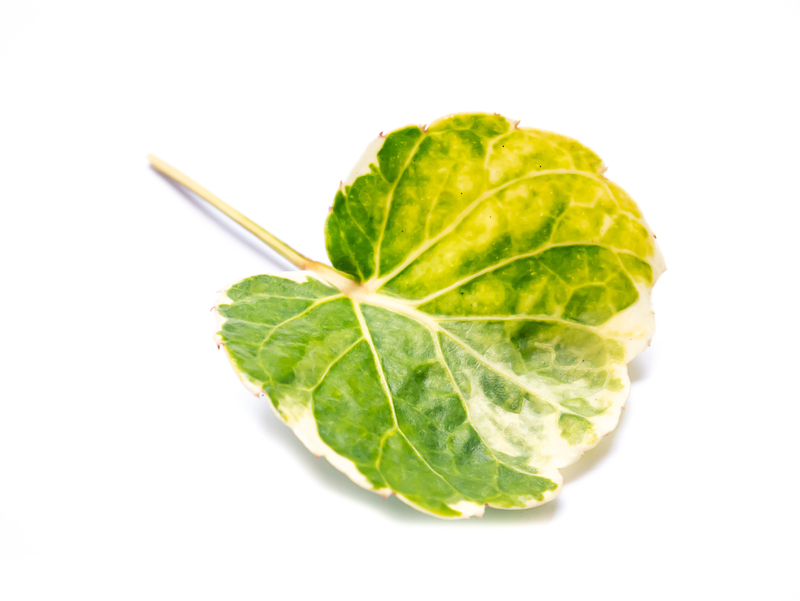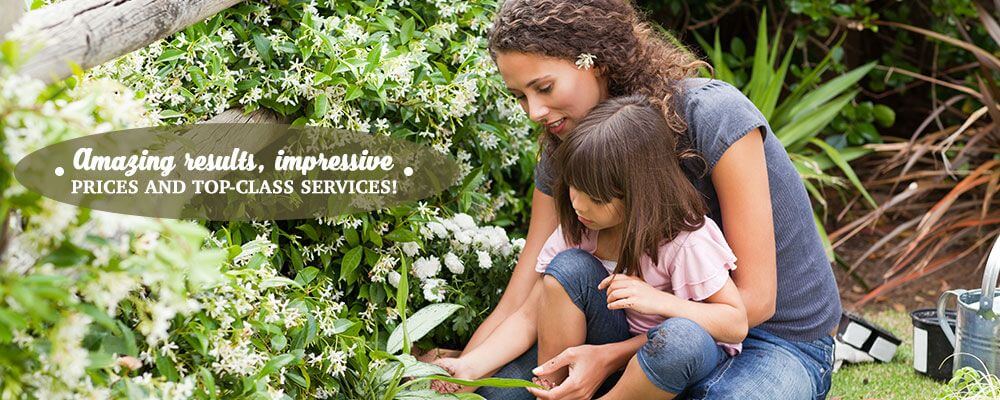Top Fruits and Veggies for Your Home Garden
Posted on 10/03/2025
Growing your fruits and vegetables can be a rewarding experience. Not only does it provide fresh produce, but it also contributes to a healthier lifestyle and reduces your carbon footprint. In this article, we'll explore the top fruits and veggies for your home garden, along with their pros and cons, tips for successful gardening, and key takeaways.
Top Fruits for Your Home Garden

1. Strawberries
Strawberries are one of the most popular fruits to grow at home. They can be easily cultivated in garden beds, containers, or hanging baskets.
Pros:
- Can be grown in small spaces
- Produce multiple harvests throughout the season
- Rich in vitamins and antioxidants
Cons:
- Require regular watering and sunlight
- Susceptible to pests like slugs and birds
2. Blueberries
Blueberries are another excellent choice for home gardens. They thrive in acidic soil and are perfect for growing in containers or garden beds.
Pros:
- High in antioxidants and vitamins
- Long-lived plants that produce fruit for many years
- Can be used in various culinary applications
Cons:
- Requires acidic soil (pH 4.5 to 5.5)
- Needs cross-pollination for better yield
Top Vegetables for Your Home Garden
1. Tomatoes
Tomatoes are a staple in home gardens and can be grown in containers, raised beds, or traditional garden plots.
Pros:
- Versatile in culinary uses
- High nutritional value
- Wide variety of cultivars
Cons:
- Prone to various pests and diseases
- Requires staking or caging for support
2. Carrots
Carrots are root vegetables that can be grown in traditional garden plots or deep containers.
Pros:
- Easy to grow in well-drained soil
- Rich in beta-carotene and vitamins
- Long shelf life when properly stored
Cons:
- Can be affected by soil pests like nematodes
- Requires thinning to avoid overcrowding
3. Spinach
Spinach is a fast-growing leafy green that can be harvested multiple times throughout the growing season.
Pros:
- Highly nutritious and versatile
- Can be grown in containers or garden beds
- Tolerates cooler temperatures
Cons:
- Susceptible to bolting in hot weather
- Requires regular watering and fertilization
Gardening Tips for Success
1. Choose the Right Location: Ensure your garden receives at least 6 hours of sunlight daily.
2. Test Your Soil: Check your soil's pH and nutrient levels to make necessary adjustments.
3. Water Wisely: Deep watering encourages root growth. Avoid overwatering to prevent root rot.
4. Use Quality Fertilizers: Organic compost or store-bought fertilizers can ensure your plants get the nutrients they need.
5. Practice Crop Rotation: Rotate crops to avoid soil nutrient depletion and reduce pest and disease risks.
Pros and Cons
Pros:
- Fresh, organic produce
- Cost-effective in the long run
- Improves mental and physical well-being
- Reduces carbon footprint
Cons:
- Requires time and effort
- Initial costs for soil, seeds, and tools
- Space limitations for urban gardeners
- Vulnerable to pests and diseases

Key Takeaways
- Growing your fruits and vegetables is rewarding and healthy.
- Strawberries, blueberries, tomatoes, carrots, and spinach are top choices.
- Successful gardening requires suitable locations, quality soil, and proper care.
- Understand the pros and cons to set realistic expectations.
Conclusion
Whether you're a novice or an experienced gardener, growing your fruits and vegetables can provide immense satisfaction and health benefits. By choosing the right plants, understanding their needs, and implementing effective gardening practices, you can create a thriving home garden. Happy gardening!




